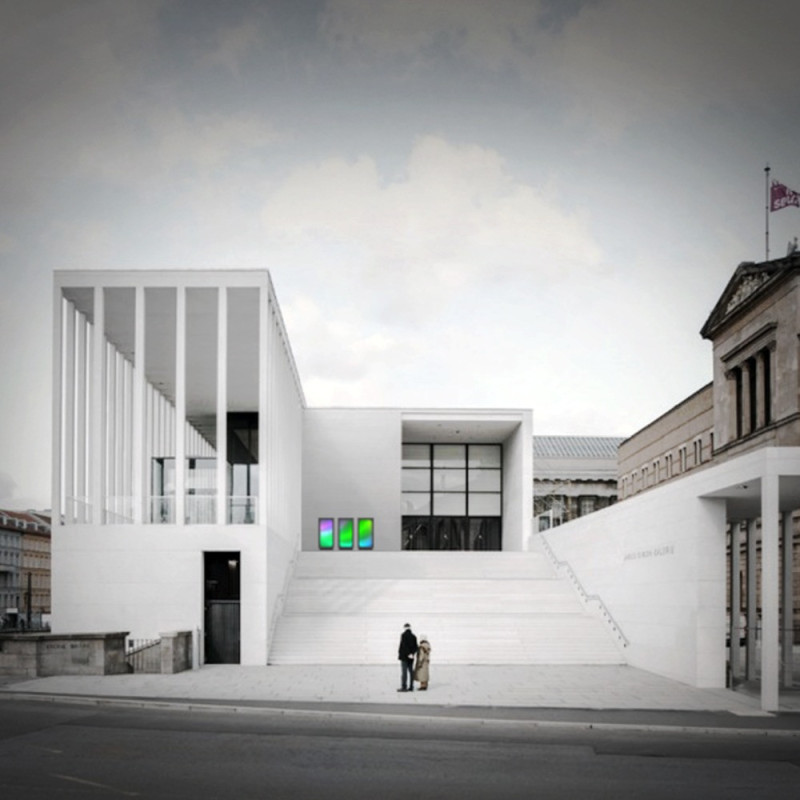5 key facts about this project
The Berlin Techno Booth is an architectural design that highlights the concept of modularity in an urban nightlife context. It is situated in the heart of Berlin, a city known for its dynamic techno culture. The design combines modern technology with a straightforward aesthetic, creating a space that serves both practical functions and cultural significance. It aims to immerse visitors in a uniquely engaging environment that reflects the character of the city.
Modularity in Design
The booth consists of eight modular concrete panels. These panels define the structure while allowing for varied configurations that can adapt to different uses. The concrete material lends itself to the industrial feel that aligns well with the Berlin landscape. The design remains functional while enabling flexibility for users, enhancing the overall experience within the space.
Technological Integration
Equipped with a VR headset, the design invites users to engage in a hybrid experience of the physical and digital worlds. This element enriches the atmosphere, providing an interactive component that captures the attention of visitors. An app-based entrance system offers modern convenience, allowing for easy access to the booth. This integration of technology reflects current trends in nightlife experiences.
User Comfort and Interaction
Comfort is considered with the inclusion of a ventilation system within the panels. This ensures that airflow is managed effectively, making the space comfortable for users. The glass window presents a connection to the outside, which is especially appealing at night when it emits a warm glow. This feature not only enhances the aesthetic but also creates a welcoming environment that draws in passersby.
Dynamic Visuals
The media panel displays dynamic colors that respond to events happening inside the booth. This interactive element provides a visual representation of the energy present within the space, aligning with the sounds of techno music. The interplay of light and motion captures the lively essence of Berlin’s nightlife, making the booth an engaging place for those who enter.
The design of the Berlin Techno Booth embraces its urban setting through thoughtful architectural choices. It offers a unique space that fosters interaction and enhances the cultural landscape of the city.



















































